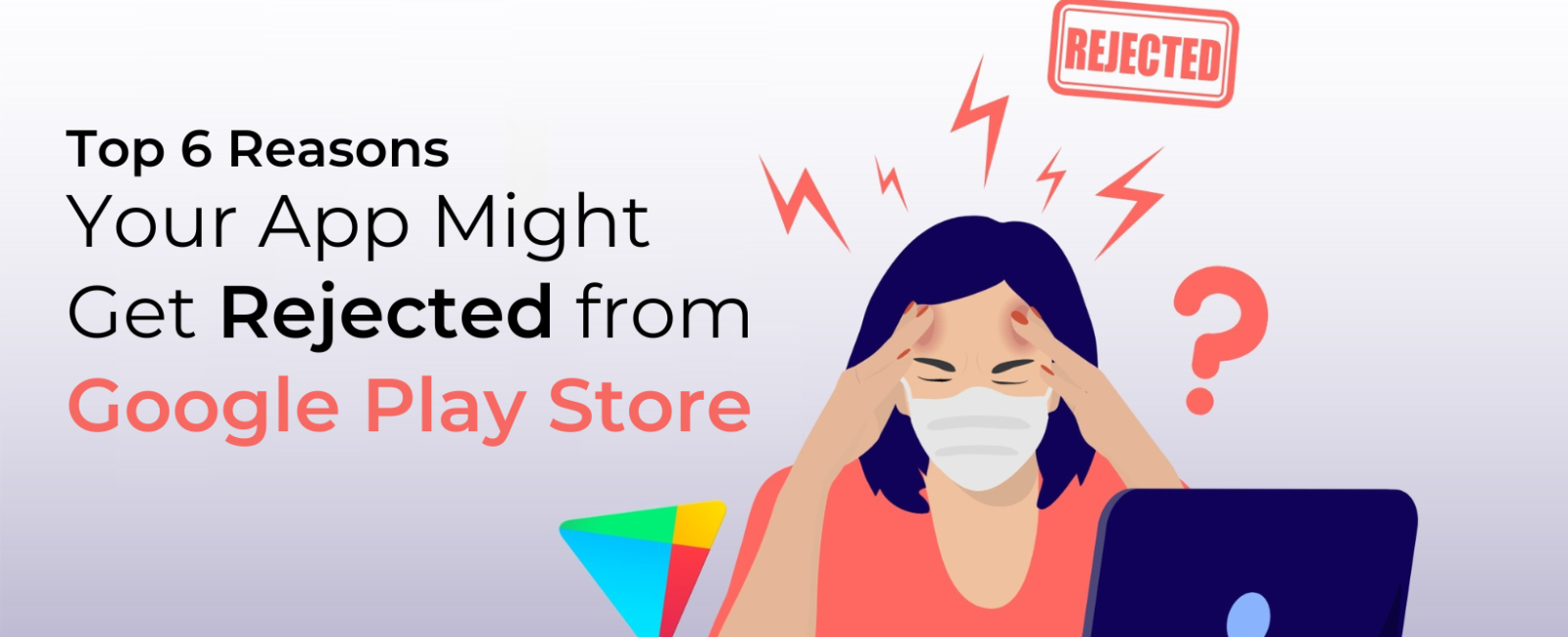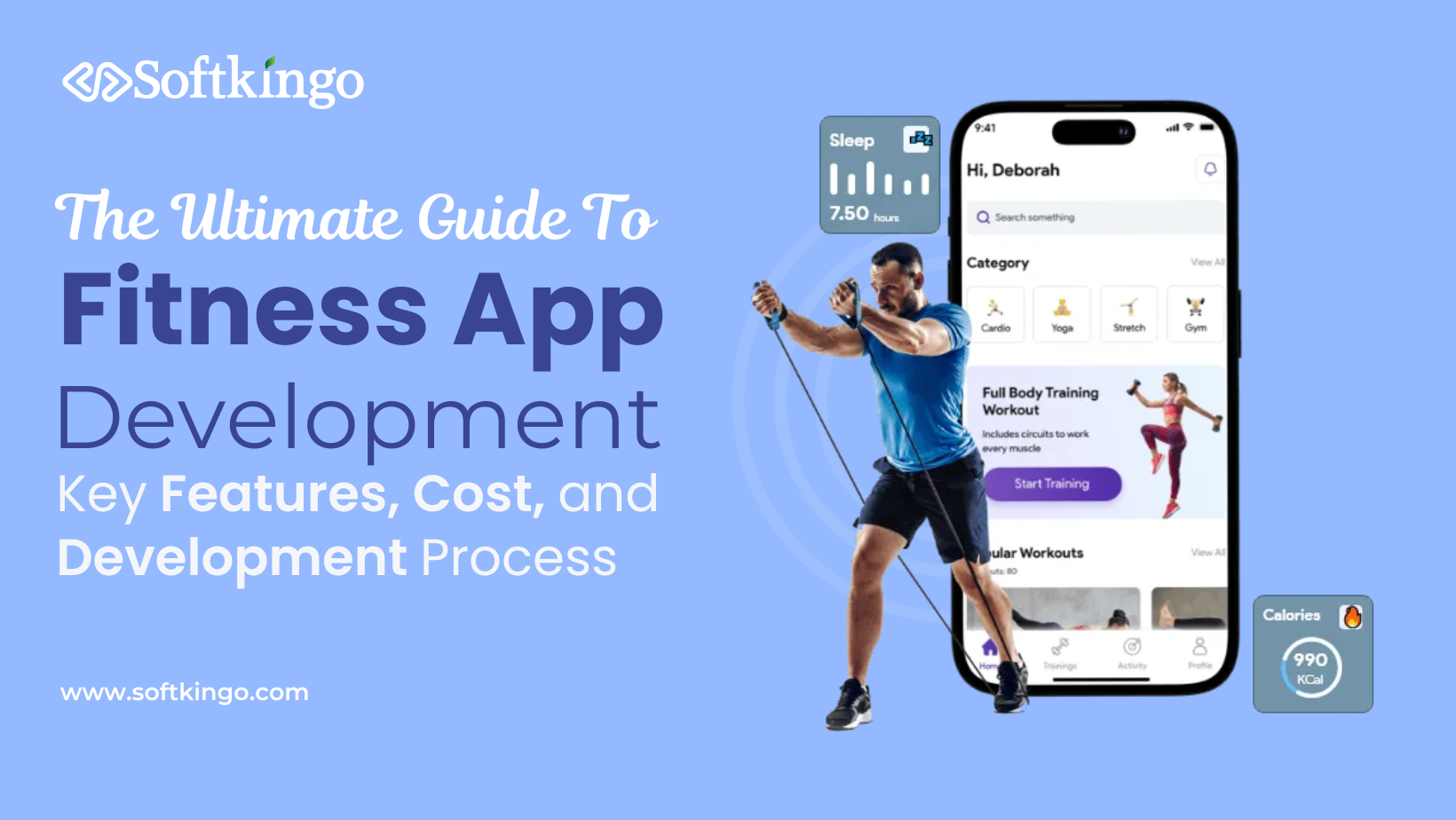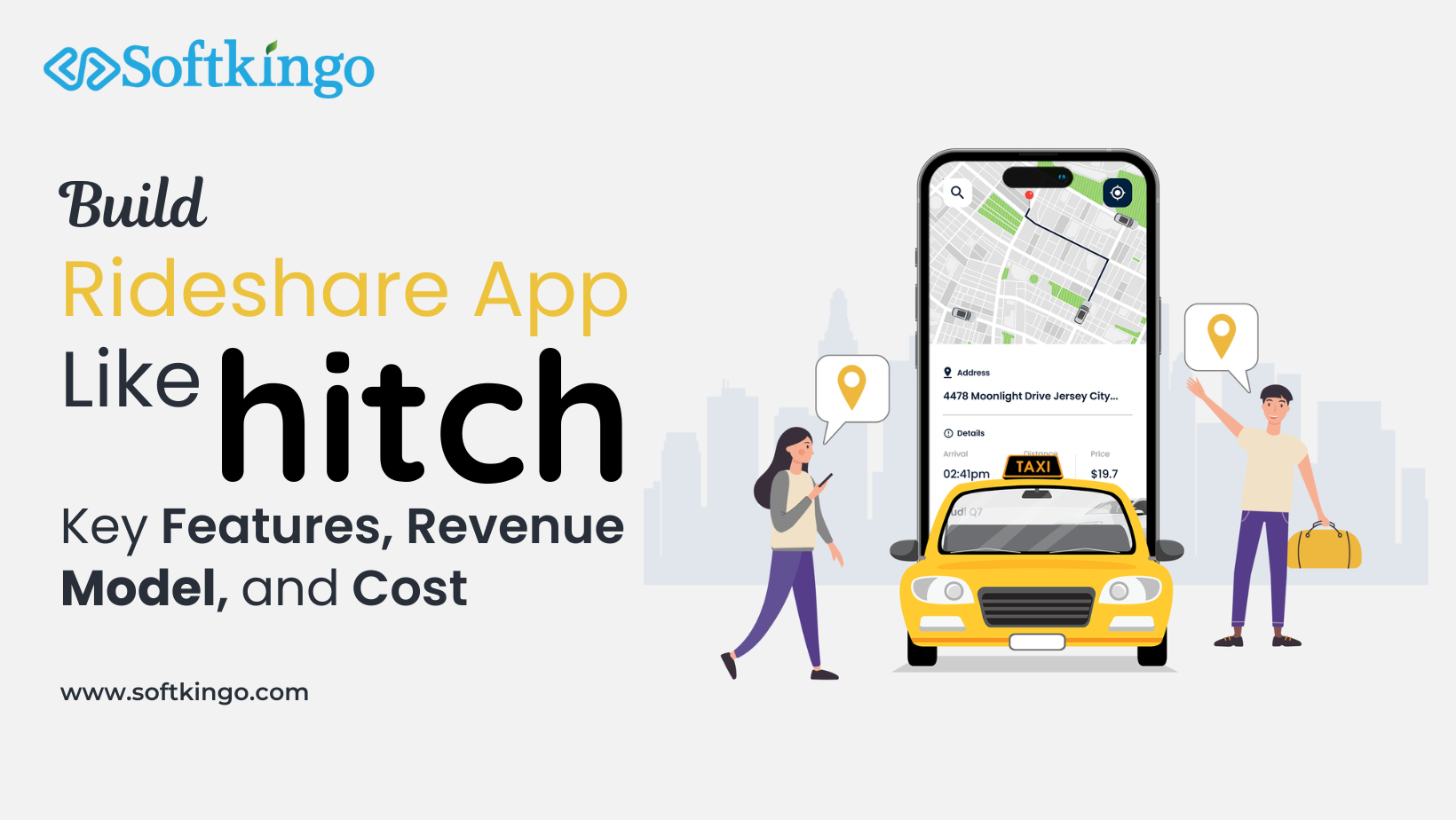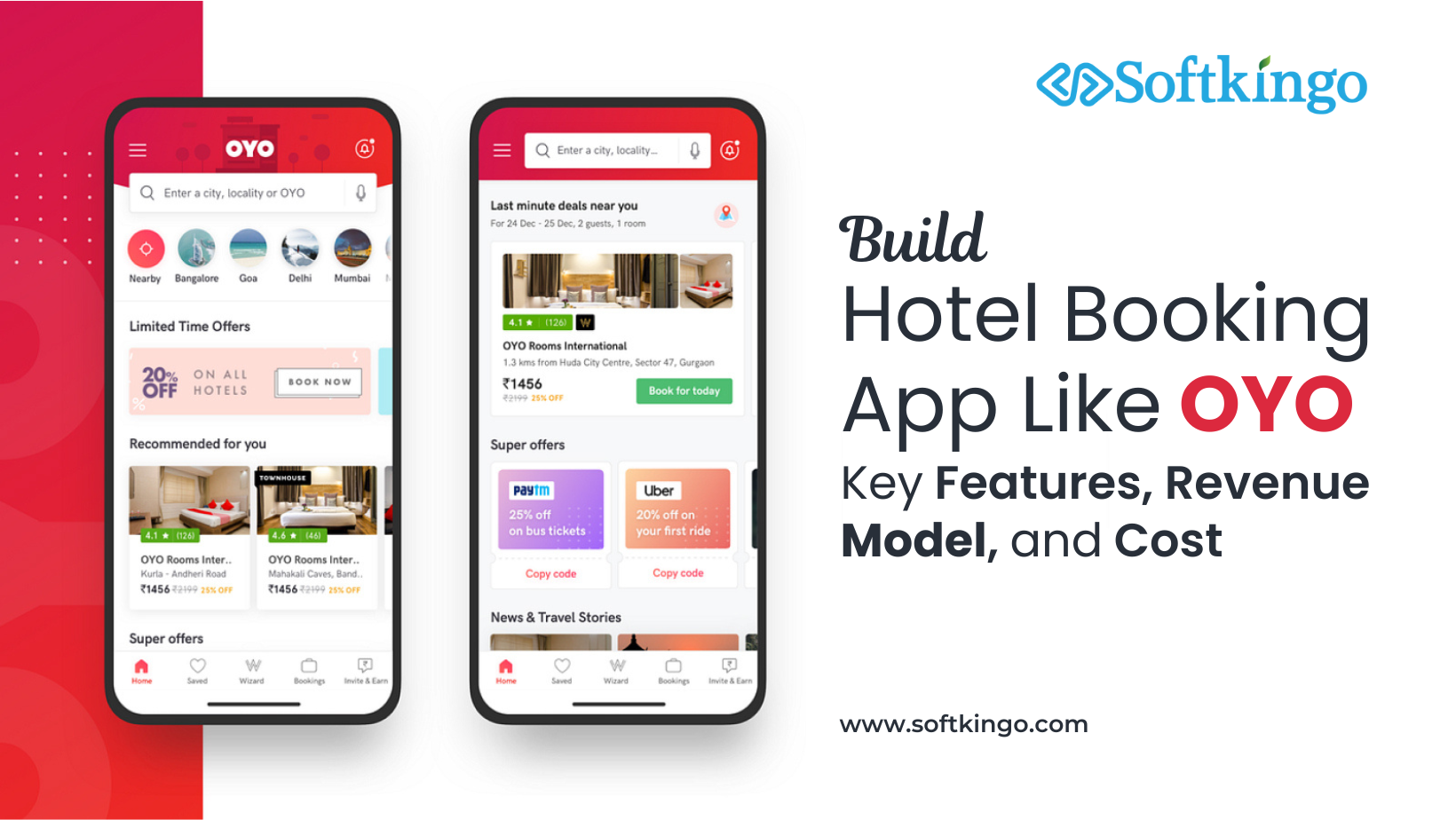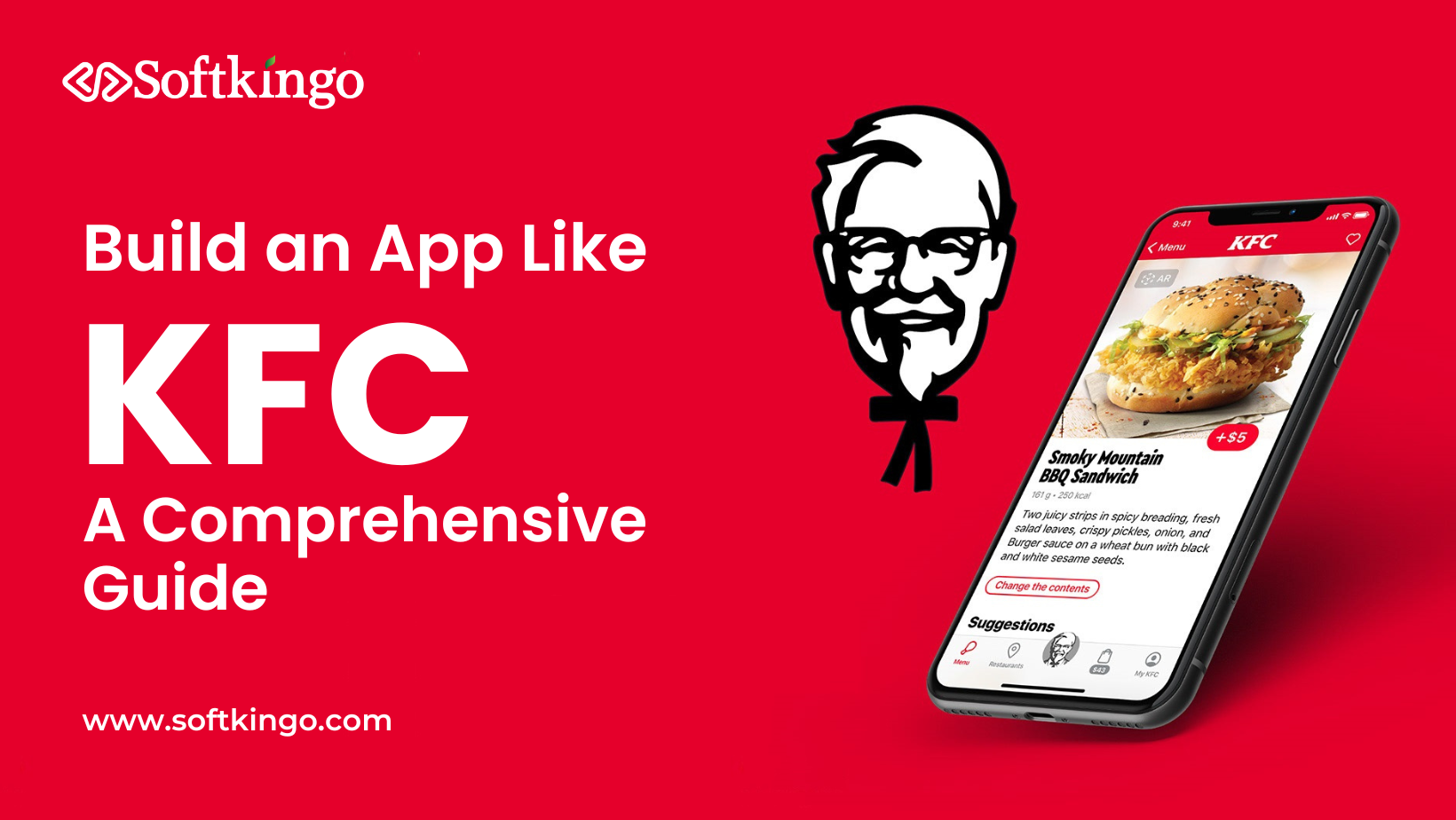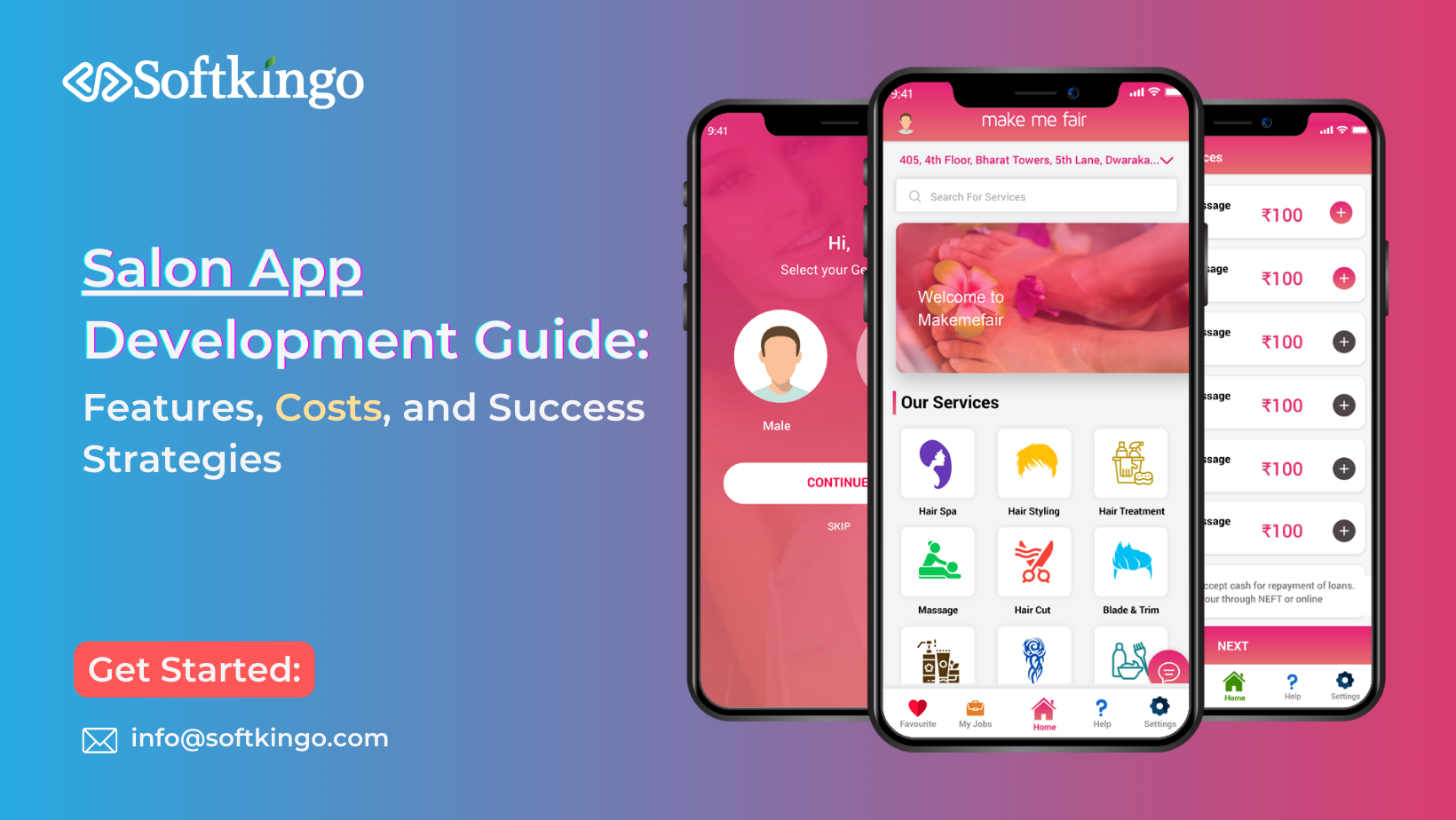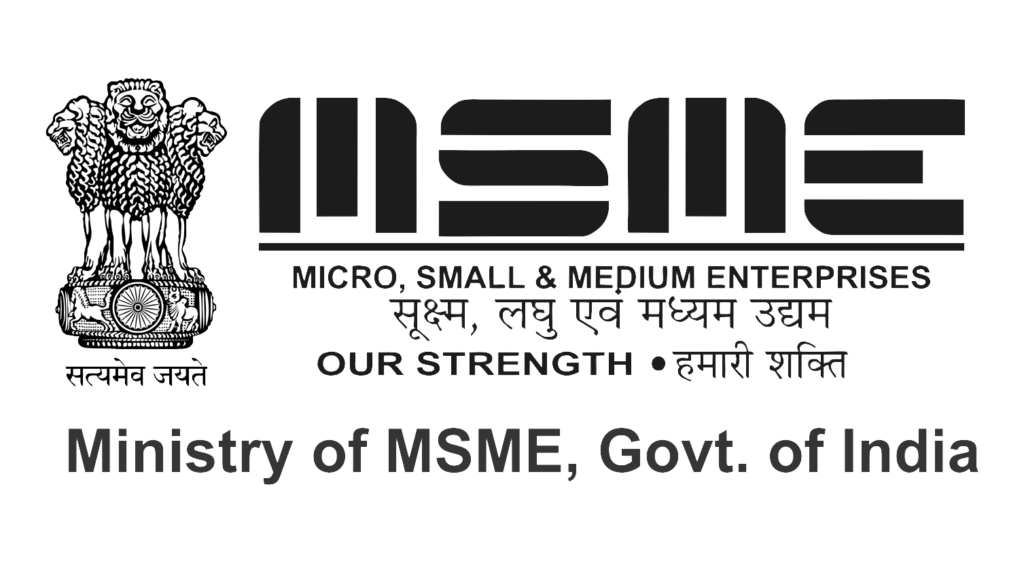Top 6 Reasons Your App Might Get Rejected from Google Play Store
The app development world is thriving, with millions of new apps being submitted to the Google Play Store every year. Despite the fierce competition, there’s still room for fresh and innovative apps that cater to evolving consumer needs. But what happens when you put in all that hard work, submit your app, and it gets rejected during the Play Store review process?
It can be disheartening to receive a rejection after investing so much time and effort into your app. However, this is a common hurdle many developers face, and understanding the reasons behind these rejections can help you avoid them in the future.
In this blog, we’ll break down the top reasons why Google might reject your app during the Play Store review and offer guidance on how to make sure your app gets the green light on the first try.
1. Your App is a Duplicate of Another One
One of the most common reasons for rejection is if your app is seen as too similar to an existing app already available on the Google Play Store. If you’ve copied features, designs, or functionality from another app, especially without adding any new or unique value, Google will flag your submission.
While it might seem tempting to clone a successful app, Google is focused on offering users unique, high-quality experiences. Therefore, apps that mimic popular apps with minimal changes won’t pass the review.
How to Avoid It:
Focus on originality! Instead of copying, find inspiration in existing apps, but ensure your app offers something new—whether it’s a unique feature, a fresh design, or improved functionality. Research existing apps in your niche to understand their strengths and weaknesses, and use that knowledge to build an app that stands out.
2. You Didn’t Include a Privacy Policy
Google places significant importance on user privacy. If your app collects user data, such as email addresses, location, or payment details, you must include a privacy policy. A missing privacy policy is one of the quickest ways for your app to be rejected.
Not only must you provide a privacy policy, but it also needs to be clear, transparent, and compliant with relevant laws such as GDPR or CCPA. If users don’t know how their data will be used, stored, or shared, Google won’t approve your app.
How to Avoid It:
Ensure that you include a well-drafted privacy policy that explains how your app collects, stores, and shares user data. Be specific about the data you collect, how it is used, and whether it is shared with any third parties. Your privacy policy must be easily accessible within your app and should be linked to from the Play Store listing.
3. Your App Has Bugs and Crashes
An app that’s riddled with bugs or prone to crashing will never make it past the review stage. Google expects submitted apps to be fully functional and free of critical issues. A single crash or bug can cause Google to reject your app, especially if it affects the user experience.
When you’re building your app, testing is key. If your app doesn’t perform well during testing, it certainly won’t perform well during the Play Store review.
How to Avoid It:
Before submitting your app, conduct thorough testing to identify any bugs or crashes. Test on different devices and under varying conditions. Consider using tools like Firebase Crashlytics to track and resolve any performance issues or crashes in real-time. Make sure your app runs smoothly and that all features work as expected.
4. Poor User Experience (UX)
If your app is hard to use, confusing, or just poorly designed, Google won’t approve it. A good user experience (UX) is crucial for success in the Play Store, and Google’s review team will evaluate how intuitive and engaging your app is for users.
An app that lacks polish, has a clunky interface, or feels unfinished will result in rejection. Google wants users to have a positive experience, and if your app doesn’t meet these expectations, it will be flagged.
How to Avoid It:
Plan your app’s UX carefully from the very beginning. Start by designing a clear user journey and creating a wireframe that outlines the app’s structure. Test early and often with real users to identify areas for improvement. Tools like Sketch or Figma can help you design a polished, user-friendly interface. Ensuring a clean, intuitive design that enhances user satisfaction is key.
5. Incorrect App Content Rating
Every app submitted to the Play Store must be assigned a content rating that helps users understand which age group the app is suitable for. If the content rating doesn’t align with the actual content of your app, or if you fail to fill out the rating questionnaire accurately, Google will reject your app.
Google has specific guidelines to help developers assign the right rating based on the app’s content, which includes any violence, language, sexual content, or mature themes.
How to Avoid It:
Carefully assess the content of your app and fill out the rating questionnaire truthfully. If your app contains any mature themes or content, make sure you choose the appropriate rating. If you’re unsure, take the time to review Google’s Content Rating Guidelines to avoid mistakes. Getting the rating wrong could lead to rejection, so ensure this step is done correctly.
6. Violation of Google Play’s Policies
Google Play has a set of rules and policies that every developer must follow, from guidelines on advertising to restrictions on certain types of content. Violating these policies, whether intentionally or unintentionally, will lead to a rejection.
Google has a detailed Developer Program Policy that outlines what is and isn’t allowed. Some of the most common violations include misleading or deceptive content, issues related to in-app purchases, or infringement of intellectual property.
How to Avoid It:
Review Google Play’s Developer Program Policies thoroughly before submitting your app. Ensure that your app complies with all content, privacy, and functionality requirements. If your app includes in-app purchases, make sure they’re clearly explained and function properly. Avoid practices that could be seen as misleading or deceptive.
Conclusion
Receiving a rejection from the Google Play Store can be frustrating, but it’s also a learning experience. By understanding the common reasons for rejection and taking steps to address them, you can significantly improve your chances of getting your app approved on the first try.
Remember to focus on originality, provide a clear privacy policy, ensure your app runs smoothly with no bugs, design a user-friendly interface, accurately rate your content, and follow Google’s policies to ensure your app is in line with their expectations.
If you’re still unsure about any part of the app submission process or need help refining your app, consider seeking professional assistance. A team of experts can help you build an app that’s polished, functional, and ready for the Play Store.
Let’s make your app a success—contact us today to get started!
Paramhans Singh is the Director of Operations at Softkingo Technologies, bringing over 8 years of experience in delivering custom software solutions that help startups and enterprises achieve their business goals. He has successfully validated more than 220 app and website ideas and delivered over 100 tailored solutions, utilizing a range of technologies such as Swift, Kotlin, React Native, Flutter, PHP, RoR, IoT, AI, NFC, AR/VR, Blockchain, and NFTs.


